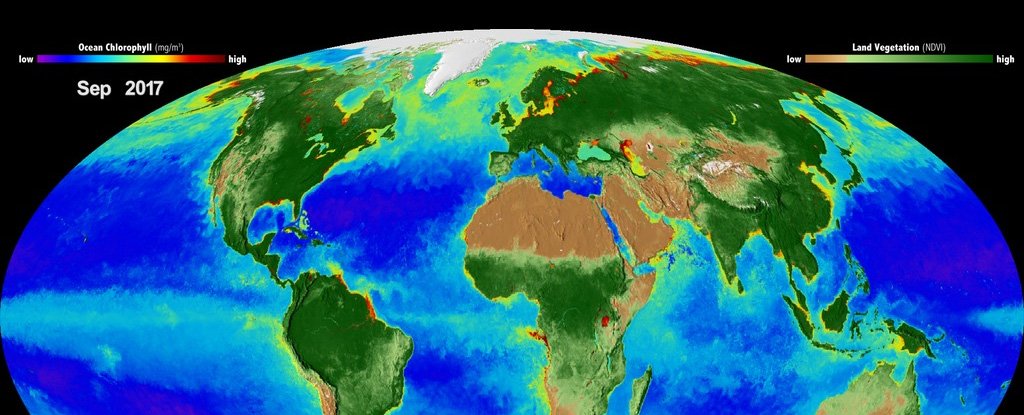
The climate crisis is affecting our planet to such an extent, summers in the northern hemisphere could last half a year until 2100, scientists have warned.
This does not mean longer days relaxing in the sun, but dramatic impacts on human health, agriculture and ecology.
While an extended period of pleasant weather may initially seem attractive, such a significant change in seasons has the potential to cause huge disruptions to ecosystems that are often finely balanced in terms of times and temperatures.
From widespread heat waves and forest fires to changing migration patterns affecting the food chain, the study concludes that if global warming continues at this rate, the risks to humanity will become more severe over time – and the changes are already happening.
 Changes recorded and predicted in the northern hemisphere seasons. (Wang et al. 2020, Geophysical Research Letters, AGU)
Changes recorded and predicted in the northern hemisphere seasons. (Wang et al. 2020, Geophysical Research Letters, AGU)
“Summers are getting longer and hotter, while winters are shorter and warmer because of global warming,” says physical oceanographer Yuping Guan of the Chinese Academy of Sciences. “More often than not, I’ve read some bad weather reports, for example, fake spring or snow in May and the like.”
The researchers analyzed daily historical climate data from 1952 to 2011, marking the days with the hottest 25% of temperatures in those years as the summer months and those with the coldest temperatures as the winter months.
The analysis showed that in summer it increased on average from 78 days to 95 days from 1952 to 2011, and in winter it decreased from 76 days to 73 days. Also, spring and autumn decreased by 9 days and 5 days, respectively. While spring and summer started gradually earlier, autumn and winter started later.
The team then turned to future climate models to predict how these trends could continue through the turn of the century, noting that the northern hemisphere could have a summer that begins in early May and ends in mid-October until 2100.
This is a potentially dangerous development for all sorts of reasons – it would mean more time with allergenic pollen in the air, for example, and the further spread of disease-carrying tropical mosquitoes, to name just two consequences.
“Numerous studies have already shown that changing seasons cause significant risks to the environment and health,” says Guan.
Based on data collected since 1952, the Mediterranean region and the Tibetan Plateau have experienced the most changes when it comes to seasonal cycles, but it is unlikely that any part of the globe will be able to escape the climate effects of climate change.
As temperatures keep changing upwards, we see that the world’s weather patterns change beyond the point of no return – and each weather variation has an impact on the oceans and the earth below.
If we are to withdraw from the edge of a warming planet beyond our control, it is important to gather as much data as possible to inform the kind of tough decisions that will be needed.
“This is a good starting point for understanding the implications of seasonal change,” said climate researcher Scott Sheridan of Kent State University, who was not involved in the study.
The research was published in Geophysical research letters.